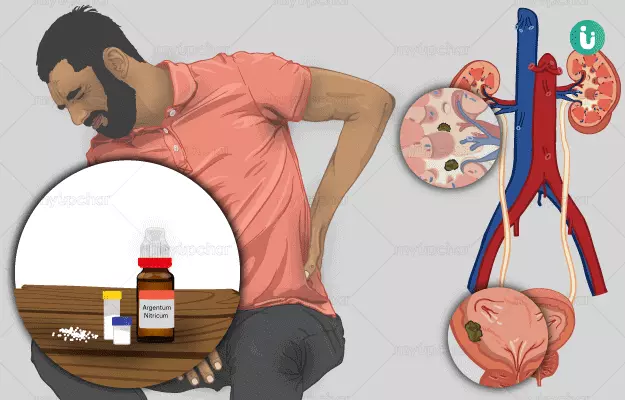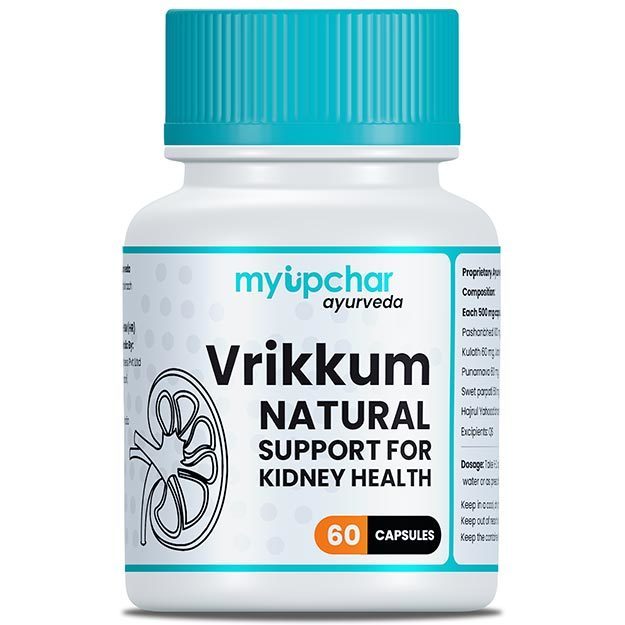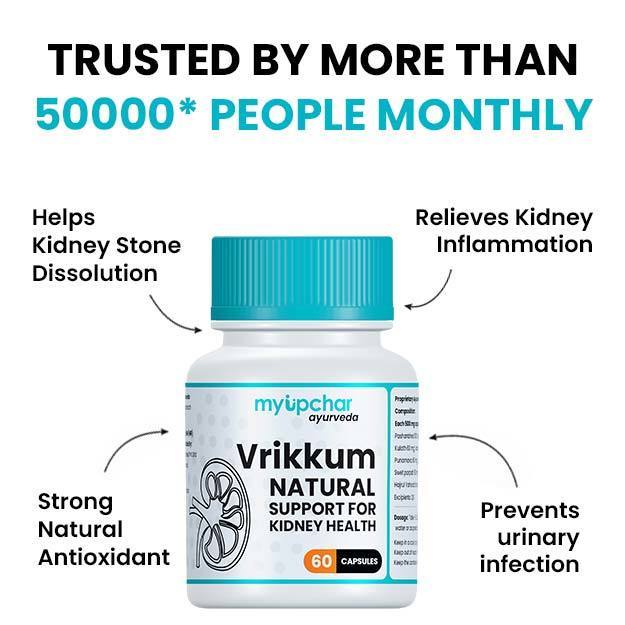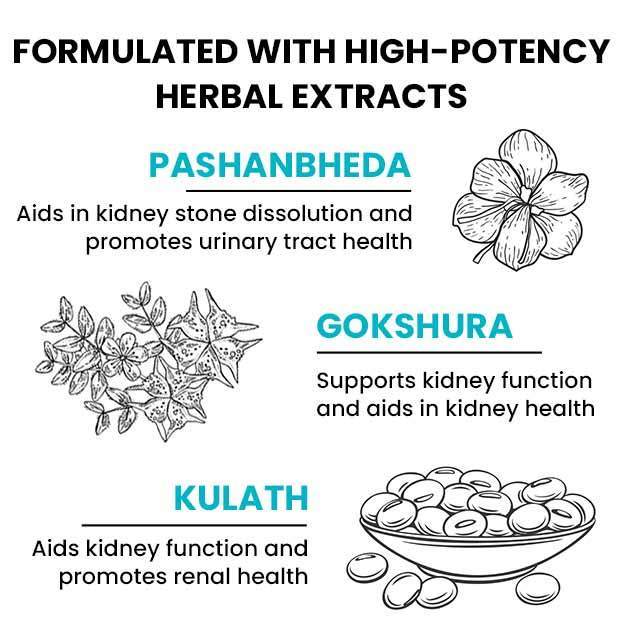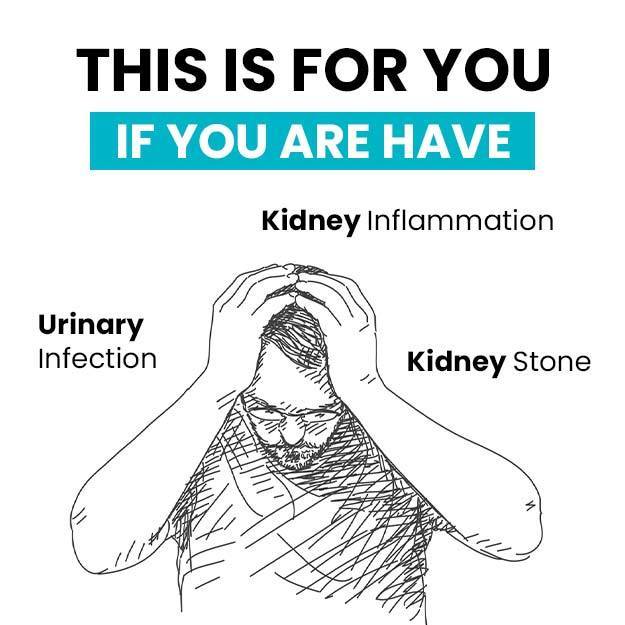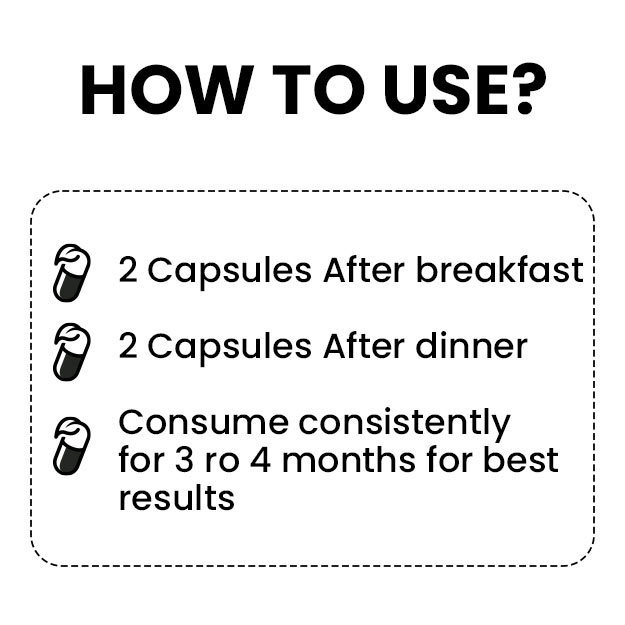The process of formation of stone anywhere in the urinary tract is known as urolithiasis. When urine becomes saturated with insoluble substances, such as oxalates, phosphates and uric acid, stone formation occurs. This supersaturation happens due to poor intake of fluids including water, thereby enhancing stone formation. Stones that are lesser than 5 mm in diameter often pass out via urine spontaneously, whereas stones between 5 mm and 7 mm require treatment. Stones larger than 7 mm often require surgical intervention.
In India, the risk of kidney stone incidences is suggested to be higher in the interiors of Maharashtra and Rajasthan as compared to the rest of the country. Around 12.7% of the Indian population relies on homeopathy for their health concerns and it has been proven to be a great alternative, especially in elderly, hypertensive and diabetic patients seeking non-surgical options. A homoeopathic remedy is selected on the basis of ‘individualisation’, wherein the person’s physical as well as mental characteristic and unique symptoms are taken into account. A holistic summation of all the symptoms in total allows the homoeopathic physician to arrive at a ‘constitutional remedy’ for expulsion or dissolution of the calculi and relief of symptoms. Remedies such as Berberis vulgaris, Argentum nitricum, and Benzoicum, are commonly used to get rid of kidney stones in homoeopathy.

